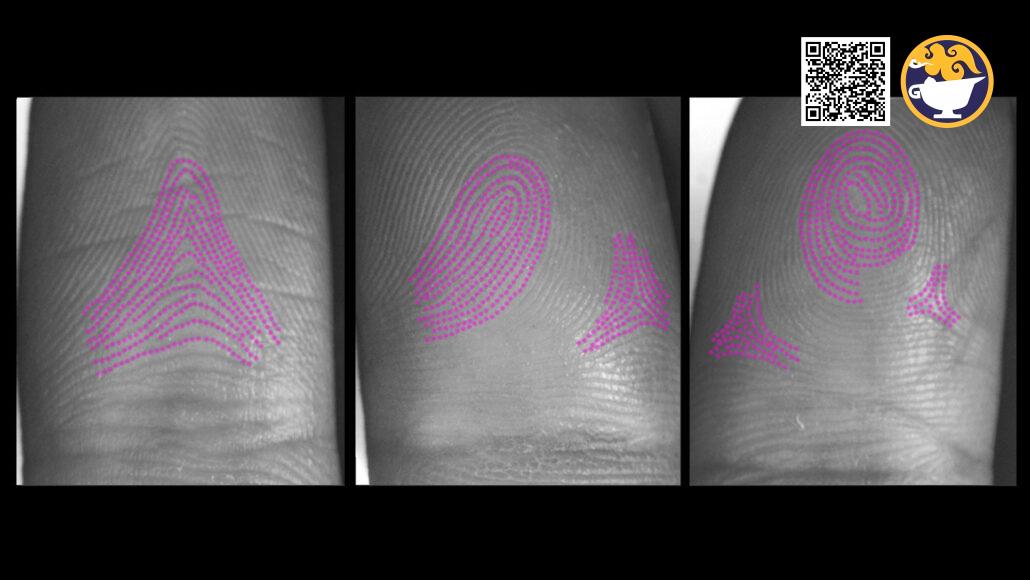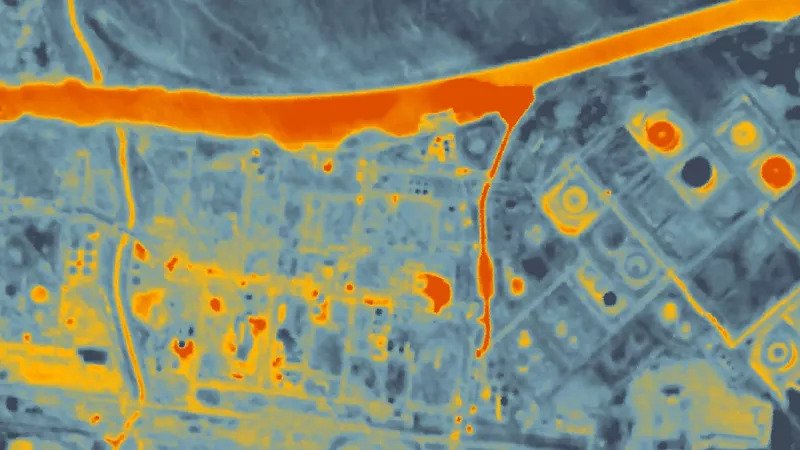Finally, researchers have discovered how the whorls, loops, and arches on your fingertips developed. In the womb, each fingertip has three distinct sites from which waves of the fingerprint-descriptive ridges extend outward. According to research published in Cell on February 9th, interactions between three molecules that adhere to a Turing pattern cause the elevated skin to develop in a striped pattern. The overall shape of the fingerprint is determined by how those ridges spread from their initial locations—and merge.
Fingerprints are distinctive and permanent. Since the 1800s, they’ve been used to identify people. The formation of fingerprints has been explained by a number of theories, including spontaneous skin folding, chemical signaling, and the hypothesis that ridge patterns may correspond to blood artery configurations. The ridges that distinguish fingerprints start to appear as downward growths into the skin, resembling trenches, according to scientists. Following a few weeks, the rapidly proliferating cells in the trenches begin to ascend, resulting in thickened bands of skin.
The latest study analyzed cells from the two areas since emerging hair follicles and fingerprint ridges had similar downward architecture. The scientists discovered that certain signaling molecules, or messengers that convey information between cells, are shared by both sites, including three called WNT, EDAR, and BMP. Additional research demonstrated that WNT instructs cells to divide and build ridges in the skin as well as to produce EDAR, which in turn increases WNT activity. BMP prevents these activities. The scientists changed the quantities of these signaling molecules in mice to investigate how they could interact to create patterns.
Although mice don’t have fingerprints, the skin on their toes has striped ridges similar to human impressions. According to developmental biologist Denis Headon of the University of Edinburgh, “We turn a dial—or molecule—up and down, and we watch the way the pattern changes.” Increased EDAR produced thicker, more evenly spaced ridges, while decreased EDAR produced spots as opposed to stripes. With BMP, the opposite happened because it reduces EDAR production.
According to Headon, the transition from stripes to spots is a distinguishing feature of systems governed by Turing reaction-diffusion. British mathematician Alan Turing put up this mathematical hypothesis in the 1950s, which explains how chemicals interact and spread to produce patterns in nature (SN: 7/2/10). However, when put to the test, it can only explain some patterns (SN: 1/21/14).
However, mouse digits are too small to produce the intricate patterns found in human fingerprints. In order to mimic a Turing pattern spreading from the three previously identified ridge initiation points on the fingertip—the center of the finger pad, underneath the nail, and at the joint’s crease closest to the fingertip—researchers employed computer models.
The team was able to produce the three most prevalent fingerprint patterns—arches, loops, and whorls—as well as more uncommon ones—by varying the relative timing, location, and angle of these beginning points. When finger pad ridges begin slowly, for example, arches might develop, which provide ridges coming from the crease and under the nail more room to spread out. Developmental and stem cell biologist Sarah Millar, head of the Black Family Stem Cell Institute at the Icahn School of Medicine at Mount Sinai in New York City, thinks the work was “extremely well-done.”
According to Millar, who was not involved in the research, the distribution of hair follicles is also determined by controlled competition amongst molecules. According to the latest study, “the creation of fingerprints follows along some basic themes that have already been figured out for other types of patterns that we find in the skin,” she explains.
According to Millar, individuals with WNT and EDAR gene mutations exhibit abnormal skin. There was talk about those chemicals perhaps contributing to the development of fingerprints, she claims. Overall, the team wants to help the development of skin structures like sweat glands when they are not developing properly in the womb and possibly even after delivery, according to Headon. In a broader sense, “what we want to accomplish is understand how the skin evolves.”
Reference: McKenzie Prillaman @ sciencenews , J. Glover et al. The developmental basis of fingerprint pattern formation and variation. Cell. Published online February 9, 2023. doi: 10.1016/j.cell.2023.01.015.










